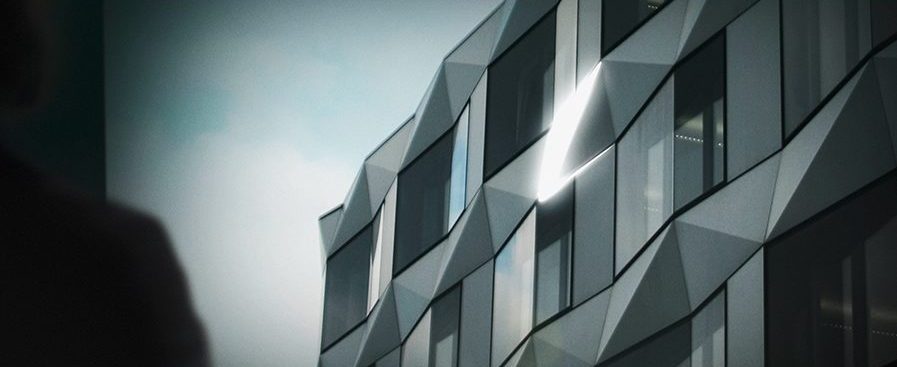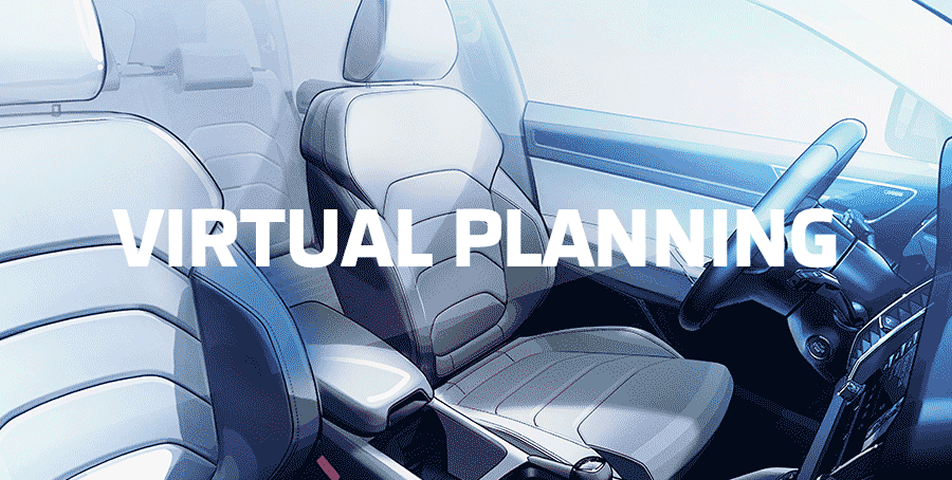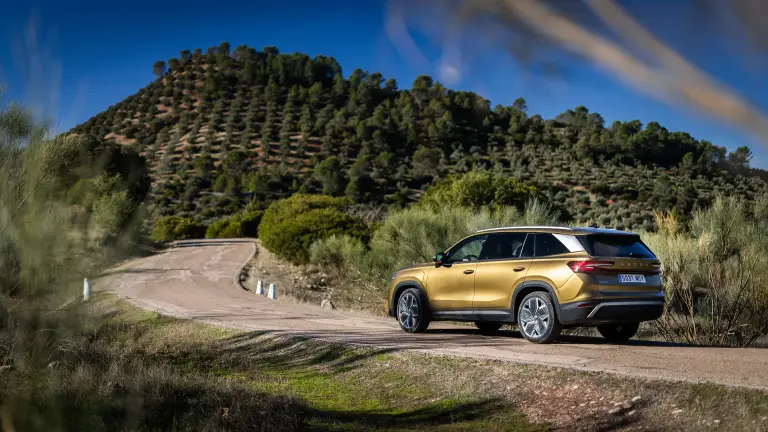Inspiration can come from anywhere, and a muse can pay a visit at any
time – while admiring art, cycling the hills, wandering city streets or, well, even sipping from a mesmerizing glass of Bohemian crystal.
Digging deep
“Yes. We are going back to our roots, if you will.”
Tradition is an important building block for the future. That’s why designers immerse themselves in brand heritage, soaking up the forms of glorious past designs…
Walking the extra mile
“One must look beyond the rather narrow scope of car manufacturing, such as to architecture. But inspiration springs from many sources, perhaps it’s an urban or rural landscape or a morning stroll.”













































